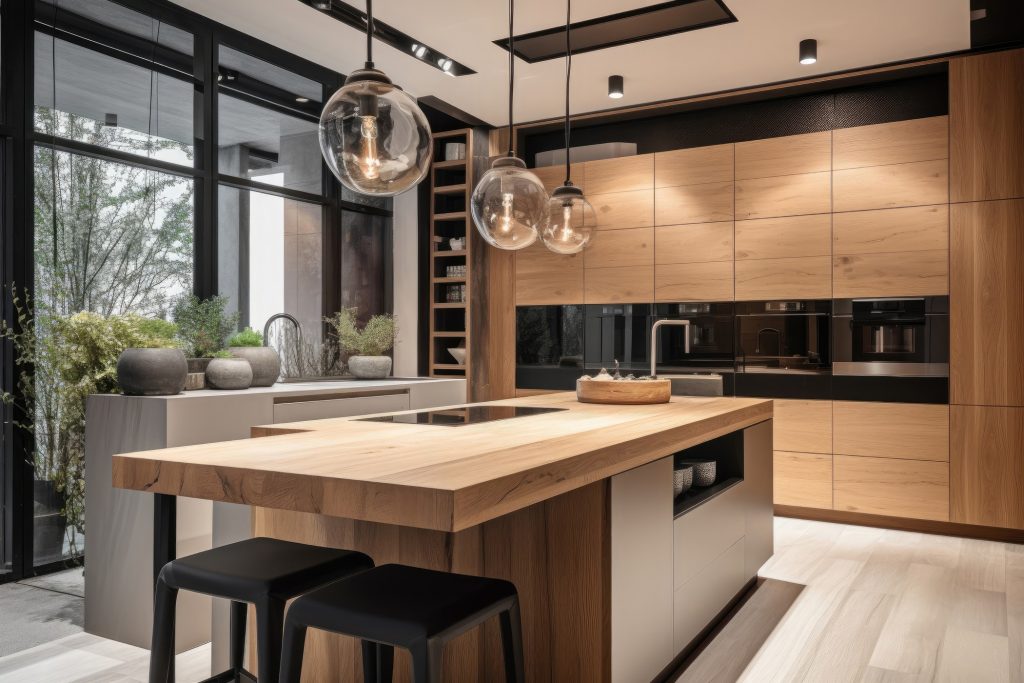Staging a home is a powerful technique that can significantly impact its perceived value, attracting potential buyers and facilitating a quicker sale. A well-staged home creates an inviting atmosphere, allowing prospective buyers to envision themselves living in the space. In this blog post, we’ll explore the key strategies for staging a home to perfection, enhancing its appeal and increasing its market desirability.
Declutter and Depersonalize:
Begin by decluttering and depersonalizing the space. Remove personal items, excess furniture, and any clutter that may distract potential buyers. Creating a clean, blank canvas allows buyers to visualize the home as their own.
Focus on Curb Appeal:
The first impression starts at the curb. Enhance the exterior by maintaining the lawn, adding potted plants, and ensuring the front entrance is welcoming. A well-maintained exterior sets a positive tone for the entire home.
Highlight Key Features:
Identify and showcase the home’s key features. Whether it’s a fireplace, architectural details, or a stunning view, emphasize these elements during the staging process to draw attention and create focal points.
Strategic Furniture Placement:
Arrange furniture in a way that maximizes the flow of each room. Create natural pathways and ensure that the furniture complements the room’s size and purpose. Arrange seating areas to highlight the functionality of each space.
Neutral Color Palette:
Choose a neutral color palette for walls, furniture, and accessories. Neutral tones create a timeless and universally appealing backdrop, allowing potential buyers to imagine their preferred color schemes and décor.
Create Inviting Spaces:
Aim to create inviting spaces that evoke a sense of comfort and relaxation. Arrange seating areas with cozy throws and cushions. Add fresh flowers or indoor plants to bring a touch of nature indoors.
Proper Lighting:
Illuminate the home effectively by maximizing natural light and strategically placing artificial lighting. Well-lit spaces appear larger and more inviting. Clean light fixtures and replace dim or outdated bulbs.
Define Room Functions:
Clearly define the function of each room. Buyers should easily understand how spaces can be utilized. If a room has a dual purpose, make sure both functions are clear without creating confusion.
Artful Use of Mirrors:
Incorporate mirrors strategically to enhance natural light and create the illusion of more space. Mirrors can also highlight architectural features and add a touch of elegance to the overall staging.
Accessorize Thoughtfully:
Use tasteful accessories to add character and personality to the home. Consider a carefully curated selection of artwork, decorative items, and textiles. Avoid overcrowding surfaces to maintain a clean and organized look.
Define Outdoor Living Spaces:
If applicable, stage outdoor areas to showcase potential outdoor living spaces. Arrange patio furniture, add potted plants, and create an inviting atmosphere that extends the living space beyond the walls of the home.
Professional Photography:
Invest in professional photography to capture the staged home at its best. High-quality images will attract online viewers and create a positive first impression before potential buyers even step foot in the home.
Conclusion:
Staging a home is an art that requires careful consideration of each detail. By applying these key strategies, real estate professionals can elevate the appeal of a property, creating an environment that resonates with potential buyers and ultimately expedites the selling process. The goal is to present the home in its best light, allowing buyers to connect emotionally and envision the property as their future home.
Read more about Real Estate Agent Software Solutions
Tags: Home Staging, Staging Strategies, Staging Success


